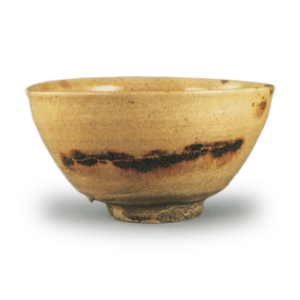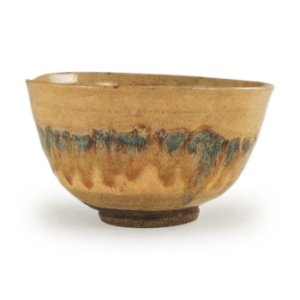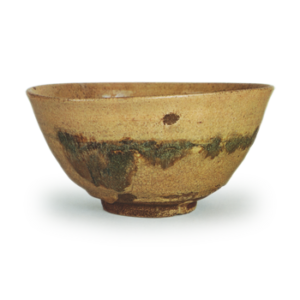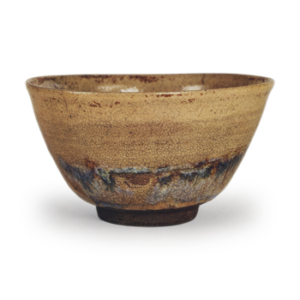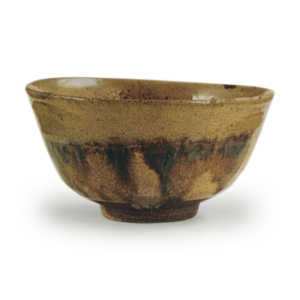Originally a fine white mica mineral, sericite was named “silica mica” because of its silky luster on the dried surface. Ceramic stone is an important raw material for ceramics, and is generally a mixture of sericite and quartz. The properties of sericite that make it an excellent ceramic raw material are its clay-like texture, high plasticity, and high drying strength, as well as the high viscosity and load softening point of the glass phase generated by melting. As a raw material for ceramics, it is used for its ability to serve both as a clay for viscosity and as a feldspar for hardening. Pottery stones from Amakusa in Kumamoto Prefecture, Hattori in Ishikawa Prefecture, and Matsumae in Hokkaido are important as raw materials for ceramics because the feldspars in the rocks have undergone silicification due to hydrothermal fluids from post-volcanic action.
